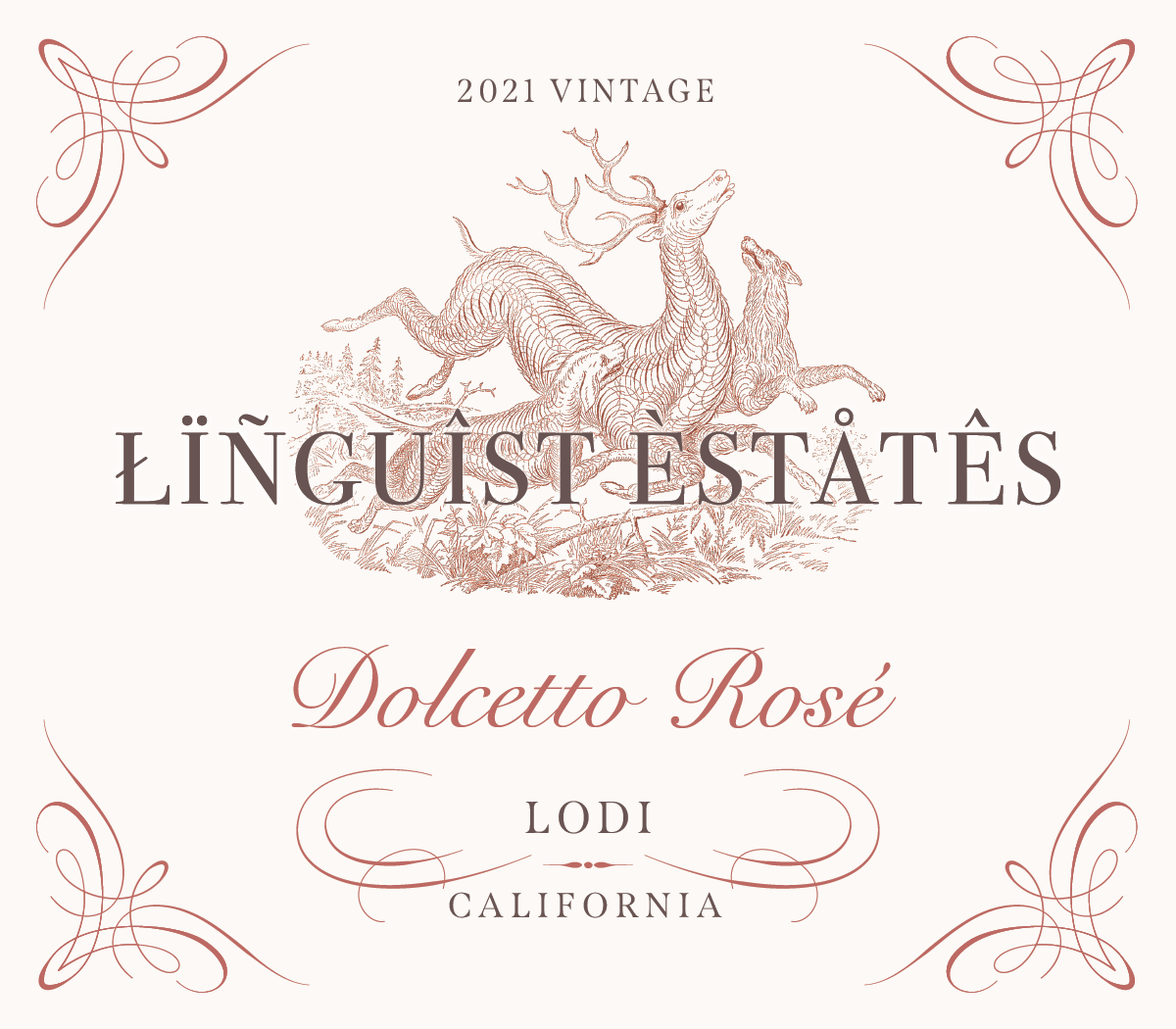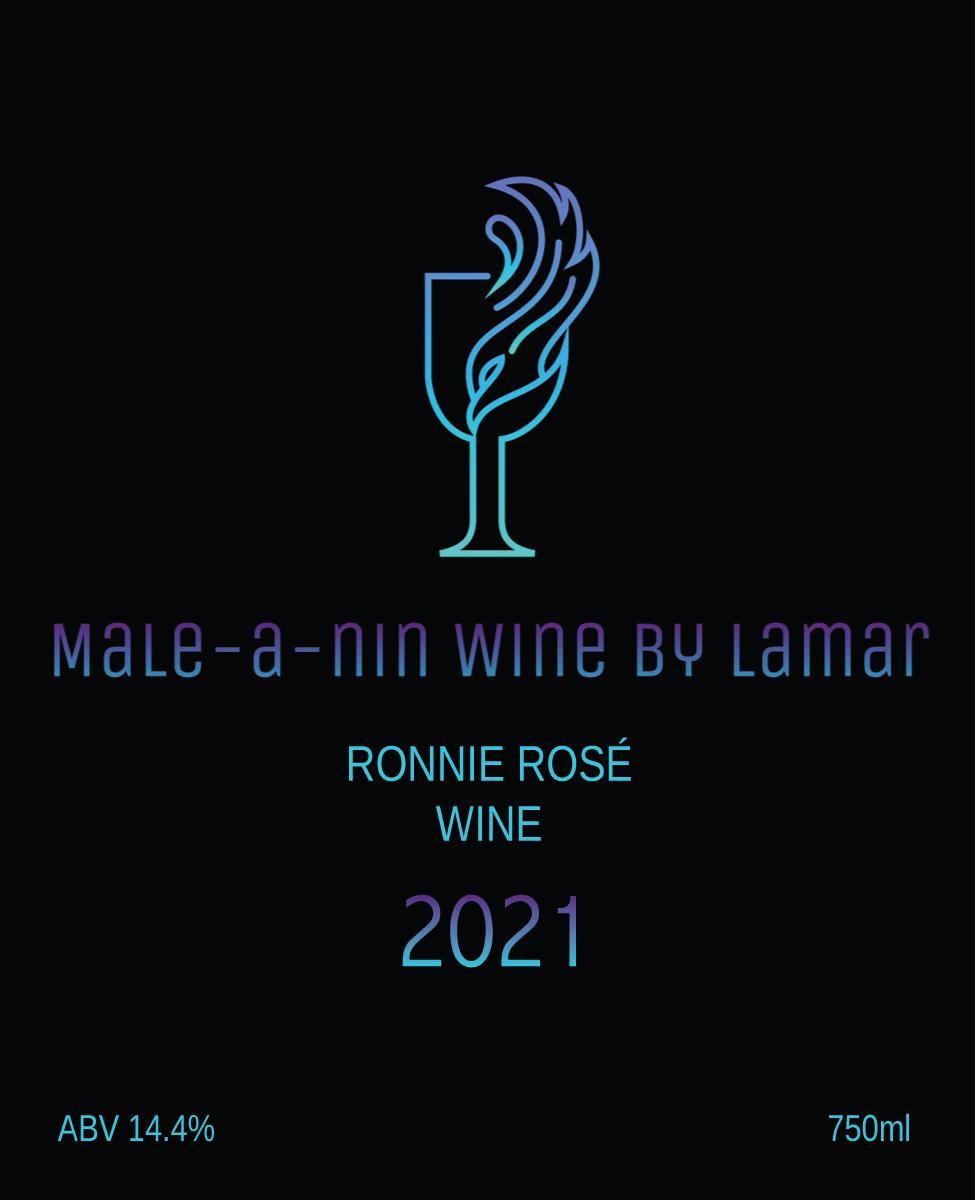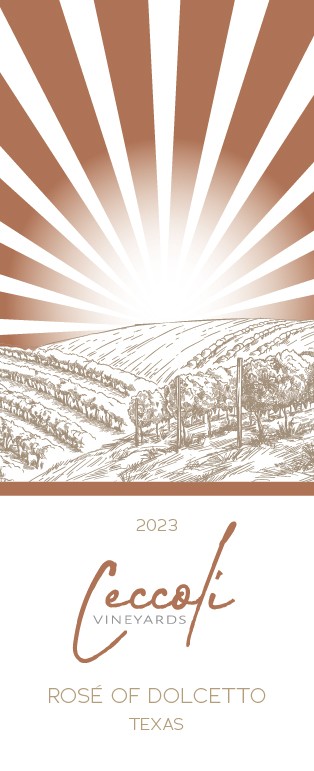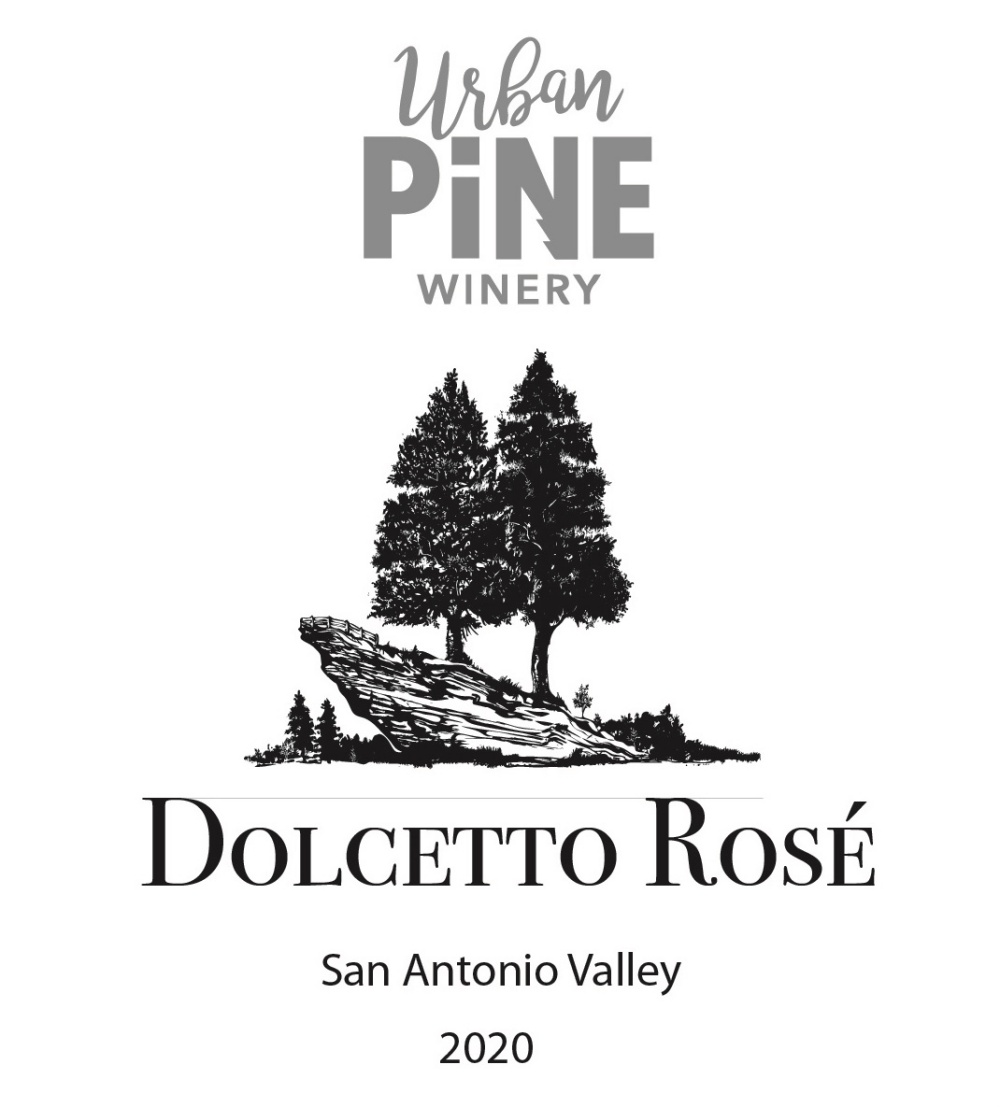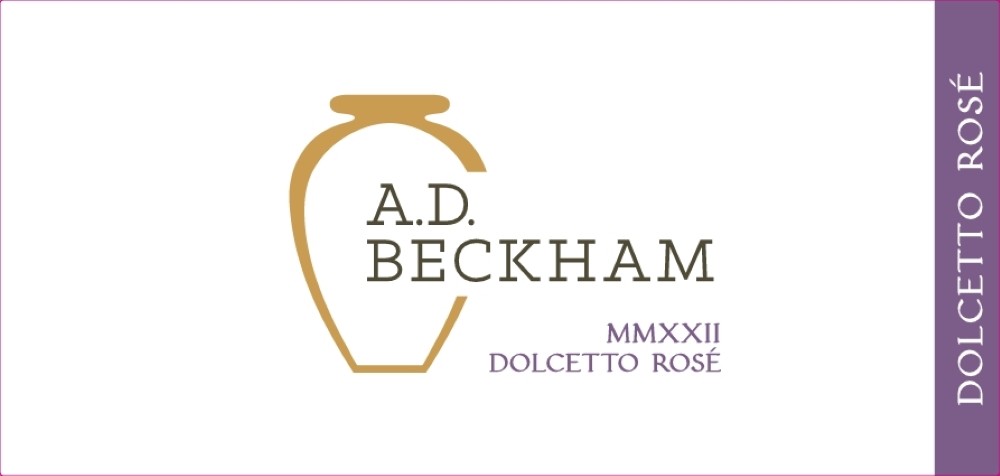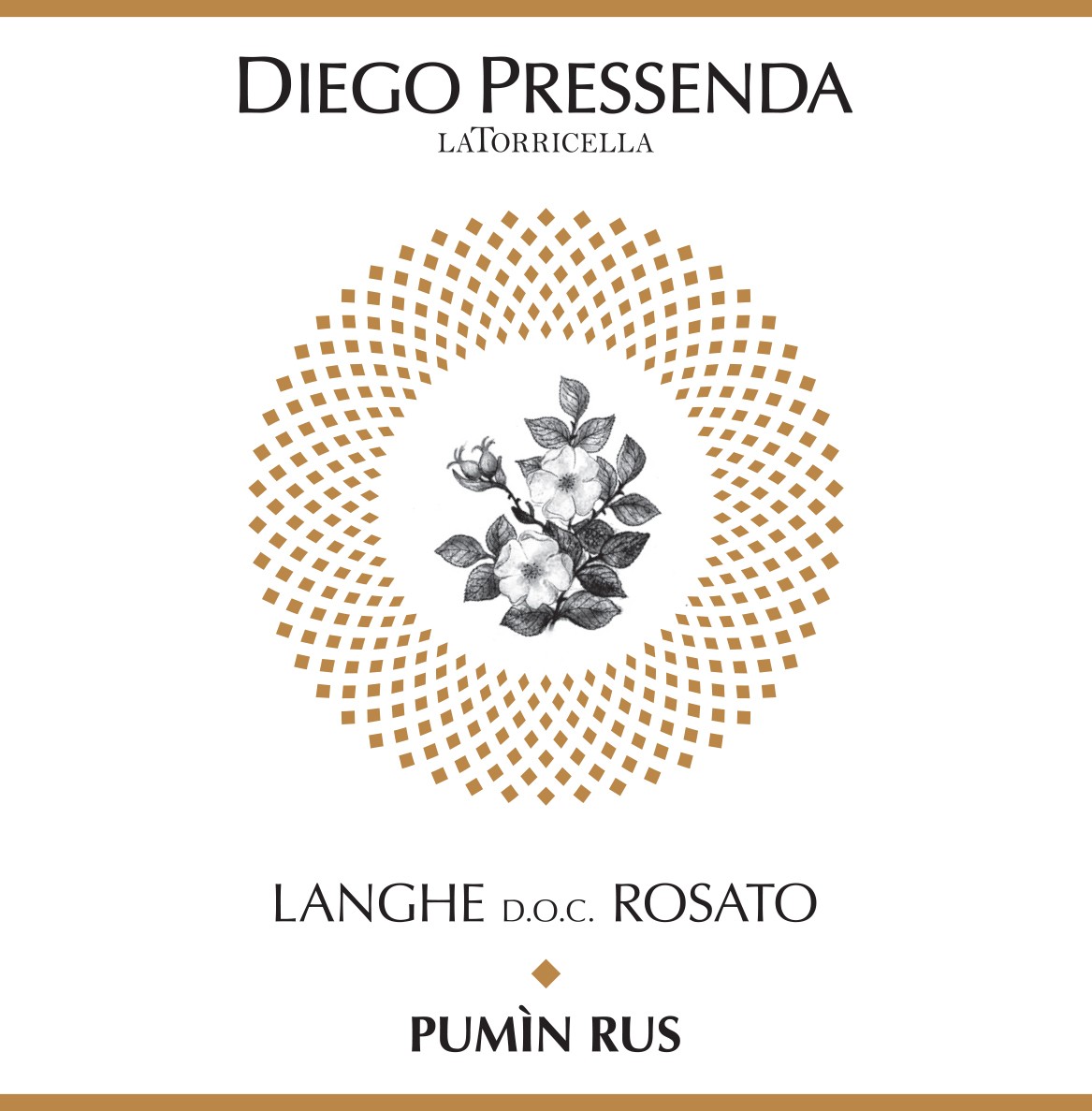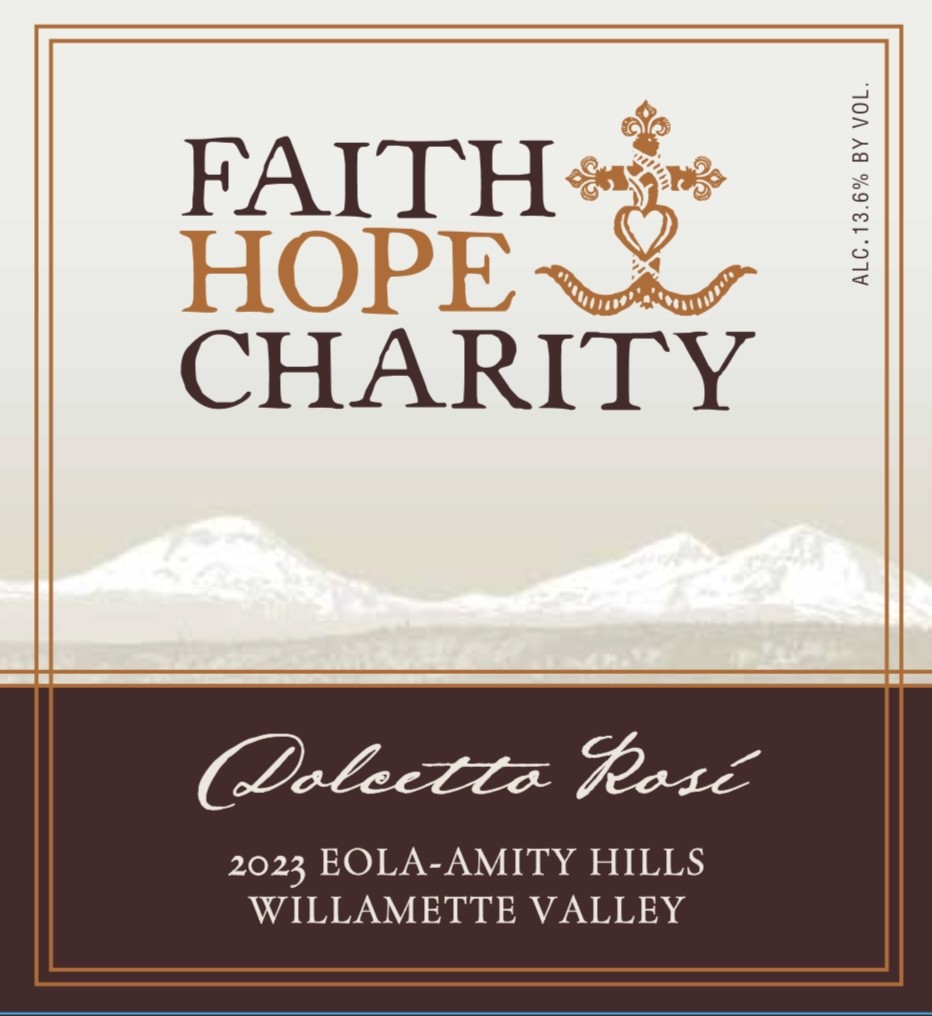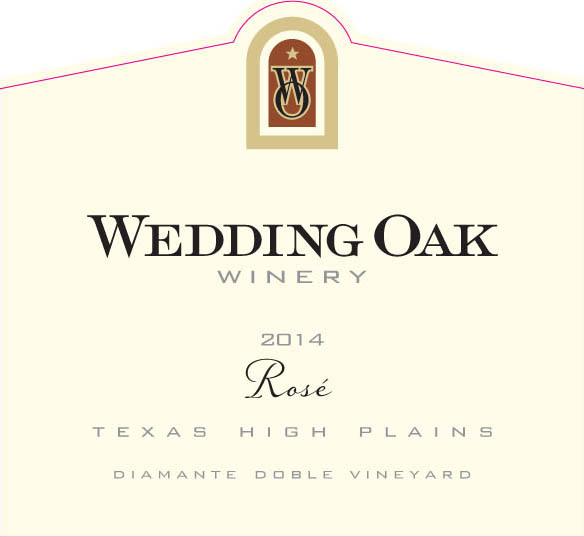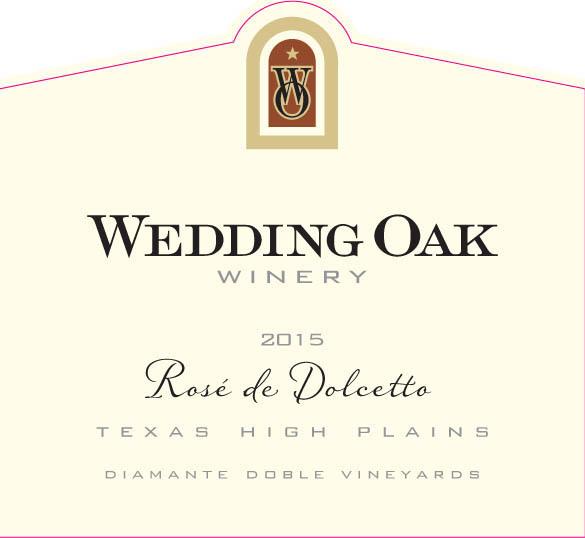Characteristics of Rosé of Dolcetto
Dolcetto rosé stands out for its vibrant color, from pale salmon to vivid pink, thanks to the grape’s high anthocyanin content. Gentle tannins in this style are achieved by limiting skin contact during winemaking, while lively acidity comes from picking the grapes early and sometimes blocking malolactic fermentation.
The wine offers bright red fruit flavors like wild strawberry and raspberry, with a crisp, clean finish from stainless steel fermentation. Typically dry and balanced, Dolcetto rosé has a moderate alcohol level, usually between 11% and 13% ABV, making it both refreshing and easy to enjoy.
Rosé of Dolcetto’s character is shaped by both its regional roots and the climate in which it’s grown. Wines from cooler areas tend to showcase a vibrant acidity, amplifying the crispness and zesty citrus notes—like pink grapefruit and lemon zest—on the palate. This freshness is complemented by a medley of red fruits, such as strawberry, raspberry, and cranberry, which are especially pronounced when the grapes ripen slowly.
Notable Region Rosé of Dolcetto Grows In
The regional character of Dolcetto rosé is shaped by both tradition and innovation, with distinct expressions emerging from classic Italian terroirs and dynamic New World producers.
- Italy (Piedmont): The heartland of Dolcetto, where Langhe Rosato DOC and Ovada area producers like Forti del Vento craft both blended and, more rarely, pure Dolcetto rosato—100% Dolcetto is uncommon due to frequent blending with Nebbiolo and Barbera, though Forti del Vento is a notable exception.
- California (USA): Lodi and Russian River Valley wineries are pioneering varietal Dolcetto rosé, highlighting ripe fruit and a fresh, approachable style. These New World examples are typically labeled as Rosé of Dolcetto, making them easy for consumers to identify.
- Oregon (USA): Known for creative approaches, including sparkling Dolcetto rosato from Stag Hollow Vineyard & Winery and blends from Buona Notte Wines, reflecting the region’s experimental spirit.
- Texas (USA): The Texas High Plains, with producers like Tara Winery and Free State Cellars, is emerging as a source of Dolcetto rosé, offering a warm-climate take on the style.
- Canada (British Columbia): Stag's Hollow Winery in the Okanagan Valley makes Dolcetto rosé, contributing to the grape's growing presence in cooler North American regions.
- Australia (Limestone Coast): Di Giorgio Family Wines in this cool-climate region crafts Dolcetto Rosé with vibrant acidity and delicate red berry flavors, offering a Southern Hemisphere perspective on the grape.
Food Pairings
Rosé of Dolcetto’s vibrant acidity and subtle fruit make it an exceptionally versatile partner at the table, complementing a wide array of dishes from appetizers to main courses.
- Appetizers & Light Fare: Its refreshing profile is a natural match for charcuterie boards, antipasti, briny olives, and creamy soft cheeses like goat cheese, mozzarella, and brie, offering a lively counterpoint to both savory and creamy textures.
- Seafood, Poultry & Vegetables: The wine’s crispness shines with shellfish such as oysters and prawns, sushi, grilled fish, and even fried seafood, while also pairing seamlessly with roasted chicken, pork tenderloin, and fresh salads or grilled vegetables.
- Pasta, Pizza & Spicy Cuisine: Whether served alongside tomato-based pastas, creamy risottos, or a variety of pizzas, Rosé of Dolcetto’s balance handles both richness and spice, making it a smart choice for mildly spiced Thai or Asian-inspired dishes as well.


